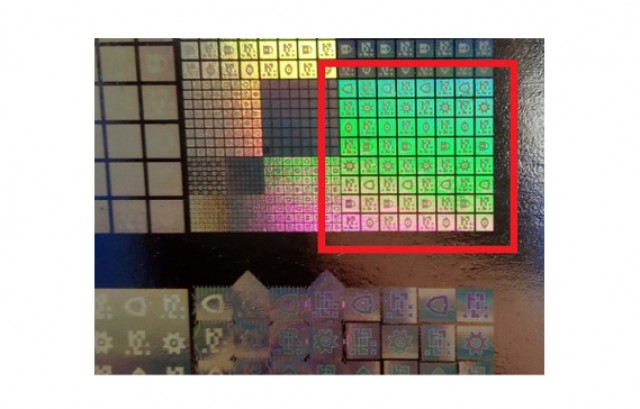
Project Status
Completed
Start Date:
2021-01-08
End Date:
2024-03-31
Funding Instituition
Imprensa Nacional Casa da Moeda (INCM)
Amount financed: 570.097,00€
The Visual-ID project emerge in the context of the partnership between the Imprensa Nacional-Casa da Moeda (Portuguese Mint and Official Printing Office), the University of Coimbra and Institute for Systems and Robotics (ISR) and includes two distinct, however complementary, areas such as “identification” and “authentication” using Computer Vision in commonly available devices equipped with cameras (e.g. smartphones and tablets), continuing the partnership already started at 2016, which has successfully accomplished several projects achieving outstanding outcomes.With a two-folded goal of offering a robust technology for single product identification and to fight against counterfeit, the project aims at creating visual identities with graphical codes and unique physical elements, able of being detected and validated through mobile devices, as the ubiquitous smartphones. It is intended to create stamps, labels or documents – either printed or digital, with safer codes and taking advantage of the sophisticated potentialities of the UniQode® technology (icons, glitters, holograms, complex drawings). On the other hand, to face the need for trustworthy authentication of civil identification documents, it is expected to enhance the techniques developed in the TrustFace® project, namely for the generation of facial images with encoded data not visible for the naked eye and likely to be decoded and validated by smartphone-like devices. It is intended to move forward from the proof of concept, in which the possibility of encoding a huge amount of data in images compatible with ICAO standard was demonstrated, towards a robust and efficient algorithm that can be industrialized and that explores the latest aspects of the TrustFace® and CodeFace® technologies. The VisTeam group of the Laboratory for Computer Vision of ISR takes advantage of the artificial intelligence and machine learning techniques applied to Computer Vision, also resorting to research on the usage of different materials, that can enhance the physical-digital connection, namely in security materials such as holograms and inks containing glitter particles.
© 2024 VISTeam | Made by Black Monster Media

Institute of Systems and Robotics Department of Electrical and Computers Engineering University of Coimbra